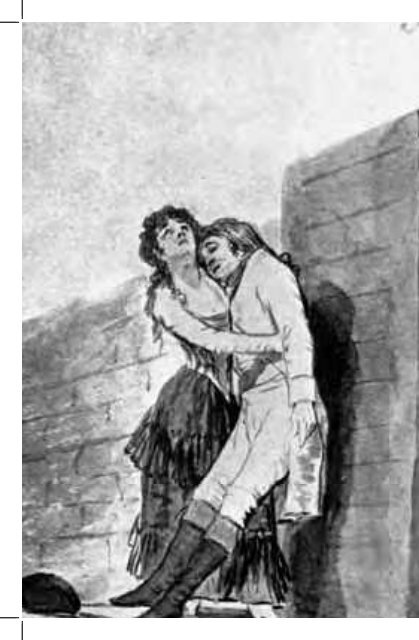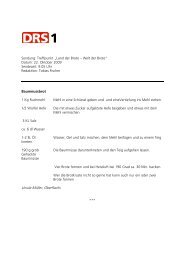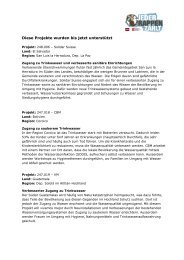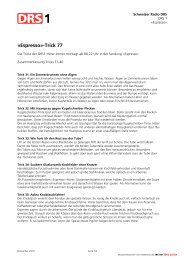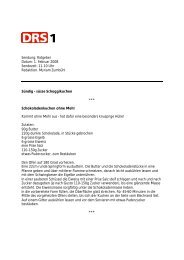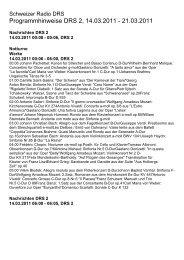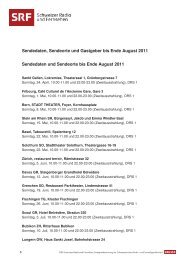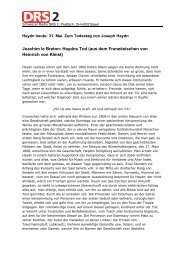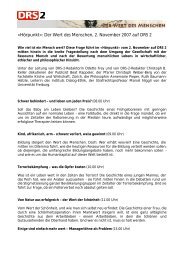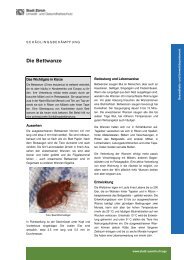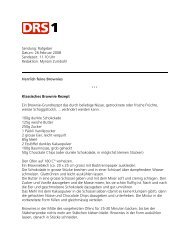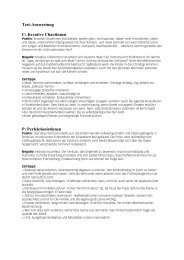12. august – 18. september 2010
12. august – 18. september 2010
12. august – 18. september 2010
Erfolgreiche ePaper selbst erstellen
Machen Sie aus Ihren PDF Publikationen ein blätterbares Flipbook mit unserer einzigartigen Google optimierten e-Paper Software.
Beethoven’s enlightening Love<br />
For all its melodramatic trappings, Fidelio’s story of the power of courageous<br />
love to topple a regime based on cruelty and injustice is an archetype that<br />
has only gained in urgency since Beethoven introduced the opera he called<br />
his “child of sorrow.” The walled grimness of its prison setting has remained<br />
distressingly relevant, in ways that continue to shock us: both as metaphor<br />
and literal setting for the condition in which humanity finds itself. Audiences<br />
have long drawn on Fidelio’s moral and emotional capital for sustenance in<br />
troubled times.<br />
Indeed, Fidelio’s various premieres were themselves bookmarked by conditions<br />
of acute political crisis. The first version (titled after the heroine, Leonore)<br />
opened in 1805 while Vienna was under siege by Napoleon’s forces.<br />
After some cuts and a tightening of the dramatic structure, Fidelio (as it was<br />
renamed) came to the stage in its definitive form in 1814—just months away<br />
from the start of the Congress of Vienna, which would inaugurate a new era<br />
of reactionary suppression of civil rights.<br />
Beethoven was, of course, not immune to the economic pressures of life as a<br />
freelance artist, and one of the reasons behind his choice of source material<br />
likely had to do with the commercial popularity of a genre known as the “rescue<br />
opera” that had developed in France in the 1790s in response to the turmoil<br />
unleashed by the French Revolution. Both the moralizing plot line of a<br />
victim being liberated from oppression and certain musical “special effects”<br />
(for example, in the prelude to Florestan’s monolog in Act Two) are rooted in<br />
this genre, which had spread eastward and, as the Revolution died out,<br />
found an audience in Beethoven’s Vienna. (It wasn’t, however, until the 1814<br />
version that Fidelio actually achieved lasting success on the stage.)<br />
The source from which Fidelio was eventually drawn and reworked by<br />
Beethoven’s librettists was Jean-Nicolas Bouilly, who wrote his earlier French<br />
Francisco de Goya, Woman Holding Up Her Dying Lover 29


